.png)
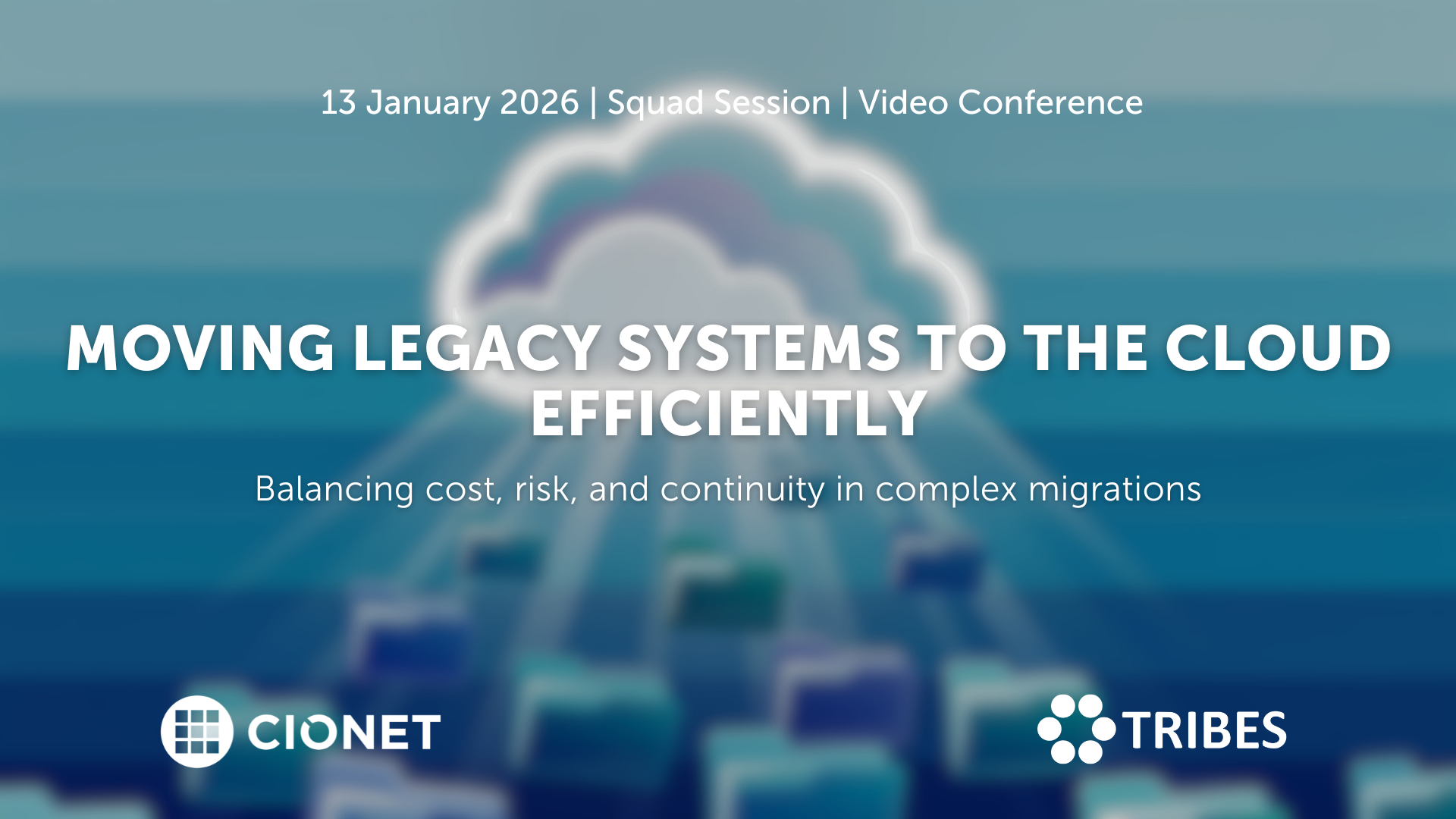
Belgium 13-1-26 Squad Only Virtual english
Migrating legacy systems to the cloud remains one of the toughest balancing acts in IT. Every choice affects stability, cost, and trust at once, and what starts as a modernisation effort quickly turns into a negotiation between ambition and reality. Suddenly budgets rise, dependencies appear late, and timelines tighten as old architectures collide with new expectations. In the end, success depends on sequencing, ownership, and aligning business priorities with infrastructure limits, and not only on technical readiness. Making it work requires more than a plan on paper. Knowing which systems genuinely belong in the cloud, which can wait, and which should stay put shapes the entire roadmap and defines its success. Each refactoring decision sets the level of future flexibility, but it also drives cost and risk. The trade-offs between speed, sustainability, and resilience only become clear once migration begins and pressure builds. Let’s discuss how to plan migrations that stay on track, manage hidden dependencies, and handle downtime with confidence. Let’s also discuss how governance, testing, and vendor coordination keep progress visible and credible. Are you in? A closed conversation for those who turn cloud migration from a disruption into a long-term advantage.
Read More.png)
Belgium 20-1-26 All Members Physical english
CIOs today are being judged less as technology leaders and more as portfolio managers. Every euro is under scrutiny. Boards and CFOs demand lower run costs, higher efficiency, and clear ROI from every digital initiative. Yet, they also expect CIOs to place bets on disruptive technologies that will keep the enterprise competitive in five years. This constant tension is redefining the role. In this session, we go beyond FinOps and cost reporting to tackle the strategic financial dilemmas CIOs face.
Read More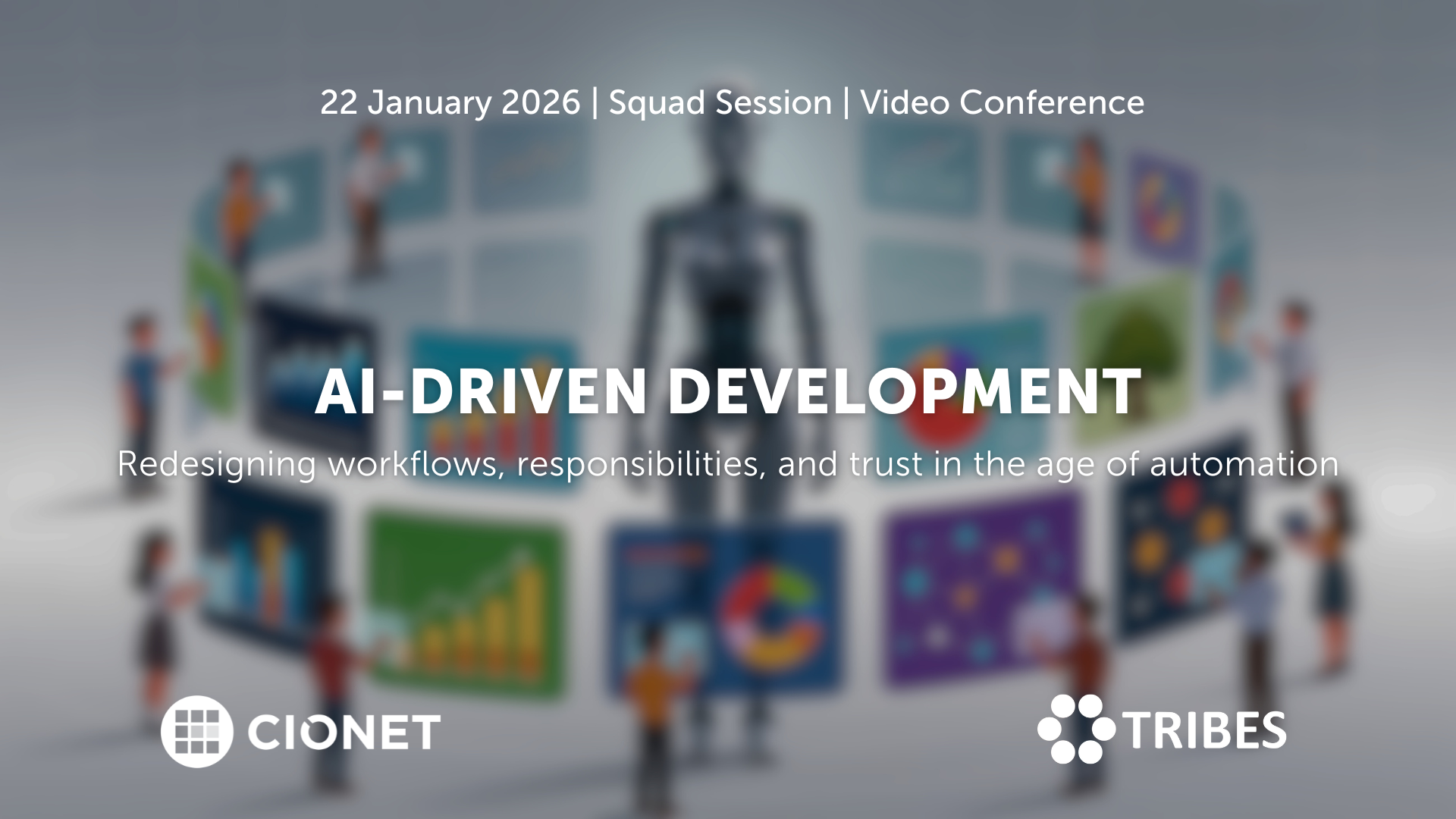
Belgium 22-1-26 Invitation Only Virtual english
AI coding assistants entered development teams quietly, but their impact grows by the day. What started as autocomplete now shapes architecture decisions, documentation, and testing. And when productivity gains are visible, so are new risks: security blind spots, uneven quality, and the slow erosion of shared standards. Teams move faster, but not always in the same direction. The challenge has become integration rather than adoption. And new questions have risen: how do you blend automation into established practices without losing oversight? When is human review still essential, and what should the rules of collaboration between developer and machine look like? As AI tools learn from proprietary code, where do responsibility and accountability sit? Let’s talk about how to redefine those workflows, balancing creativity with control, and protecting code quality in a hybrid human-AI environment. A closed conversation on where AI accelerates progress, where it introduces new debt, and how development culture must evolve to stay credible.
Read More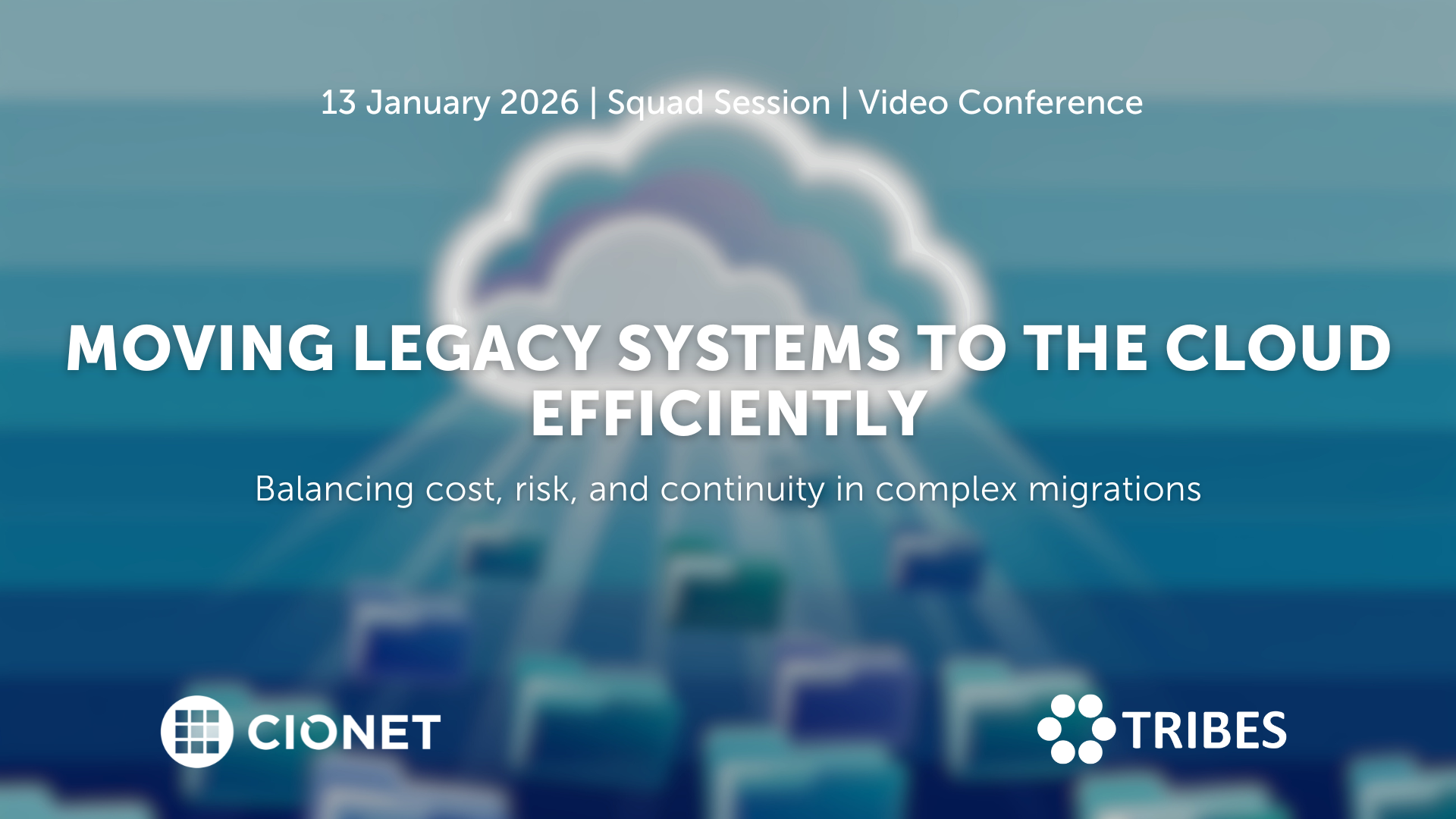
January 13, 2026 Squad Session Invitation Only Virtual english
Migrating legacy systems to the cloud remains one of the toughest balancing acts in IT. Every choice affects stability, cost, and trust at once, and what starts as a modernisation effort quickly turns into a negotiation between ambition and reality. Suddenly budgets rise, dependencies appear late, and timelines tighten as old architectures collide with new expectations. In the end, success depends on sequencing, ownership, and aligning business priorities with infrastructure limits, and not only on technical readiness. Making it work requires more than a plan on paper. Knowing which systems genuinely belong in the cloud, which can wait, and which should stay put shapes the entire roadmap and defines its success. Each refactoring decision sets the level of future flexibility, but it also drives cost and risk. The trade-offs between speed, sustainability, and resilience only become clear once migration begins and pressure builds. Let’s discuss how to plan migrations that stay on track, manage hidden dependencies, and handle downtime with confidence. Let’s also discuss how governance, testing, and vendor coordination keep progress visible and credible. Are you in? A closed conversation for those who turn cloud migration from a disruption into a long-term advantage.
Read More
January 22, 2026 Squad Session Invitation Only Virtual english
AI coding assistants entered development teams quietly, but their impact grows by the day. What started as autocomplete now shapes architecture decisions, documentation, and testing. And when productivity gains are visible, so are new risks: security blind spots, uneven quality, and the slow erosion of shared standards. Teams move faster, but not always in the same direction. The challenge has become integration rather than adoption. And new questions have risen: how do you blend automation into established practices without losing oversight? When is human review still essential, and what should the rules of collaboration between developer and machine look like? As AI tools learn from proprietary code, where do responsibility and accountability sit? Let’s talk about how to redefine those workflows, balancing creativity with control, and protecting code quality in a hybrid human-AI environment. A closed conversation on where AI accelerates progress, where it introduces new debt, and how development culture must evolve to stay credible.
Read More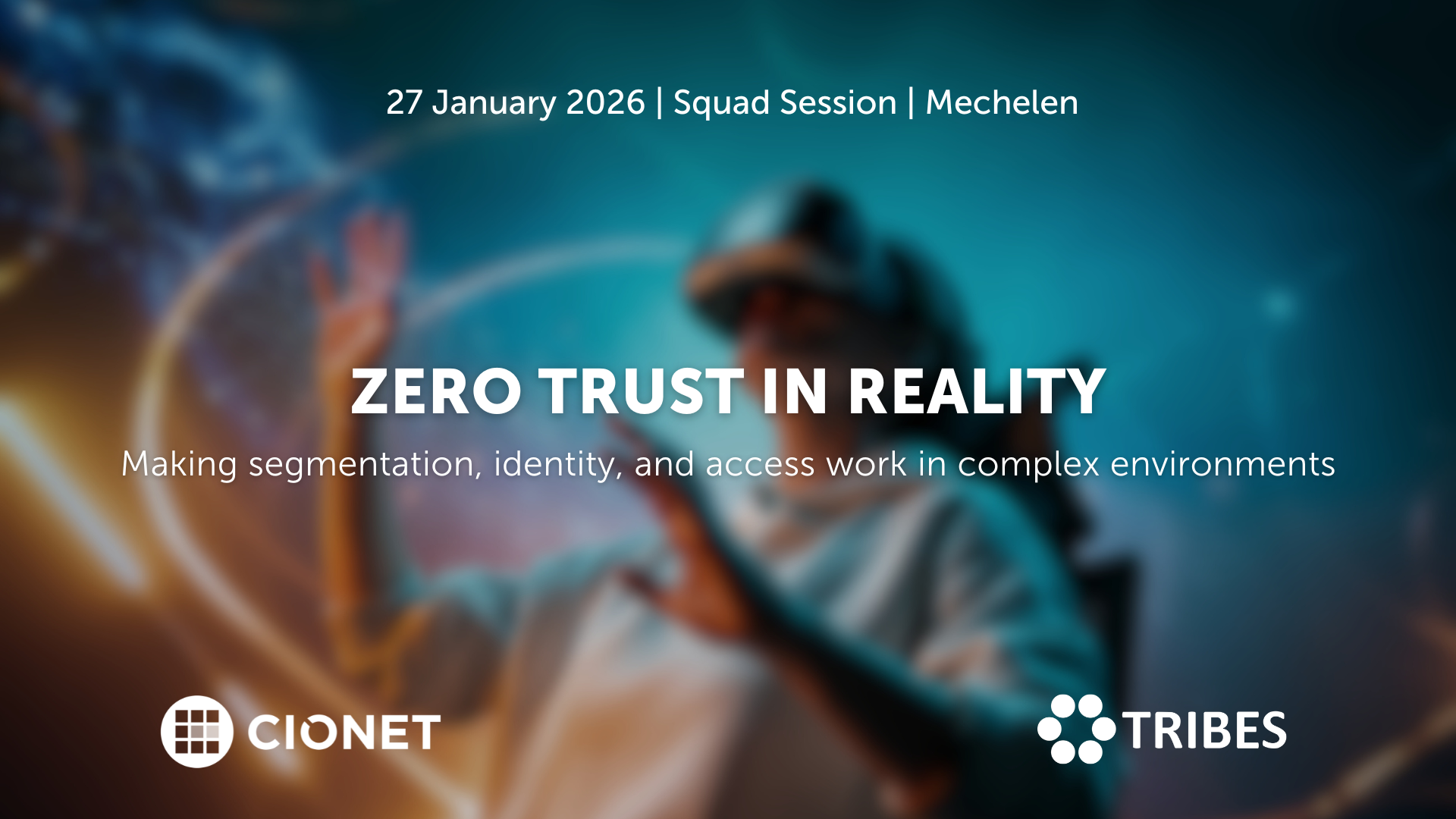
January 27, 2026 Squad Session Invitation Only Physical english
Zero Trust sounds simple on paper: trust no one, verify everything. But once you start implementing it, the fun begins. Legacy systems, hybrid networks, and human habits don’t read the manual. The idea is solid; the execution, not so much.
Read More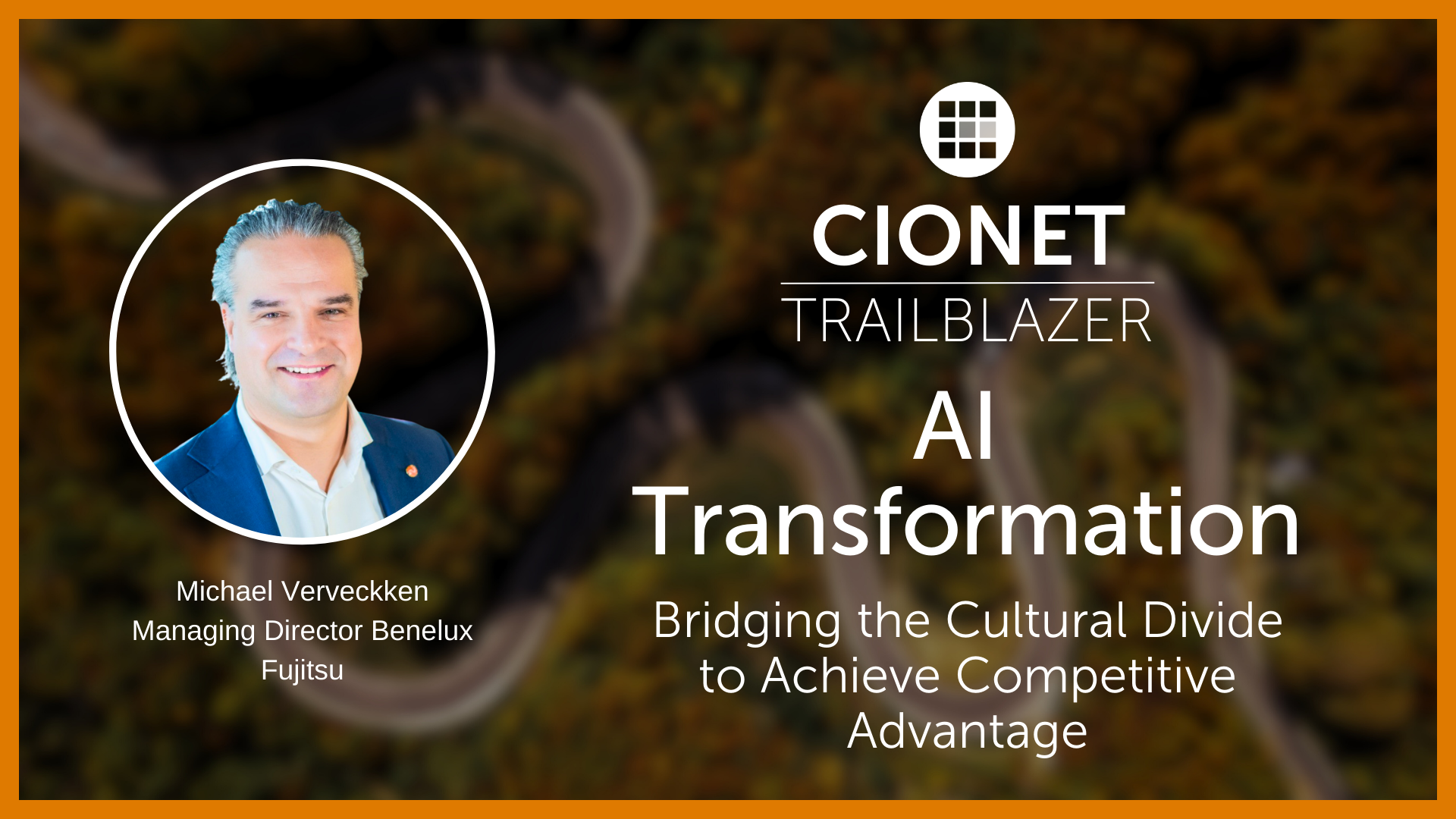
CIONET Trailblazer: AI Transformation: Bridging the Cultural Divide to Achieve Competitive Advantage
Published on: December 17, 2025 @ 9:16 AM
World Bank invests in greater efficiency and security with Microsoft Azure Arc
The World Bank’s IT and Information Security Office teams were using a duplicative decentralized solution for network monitoring and management. Recognizing an opportunity to improve efficiency and reduce costs, World Bank replaced their existing technology stack with a new solution based on Azure Arc.
Access to basic financial services is essential to building economies and lifting individuals out of devastating poverty. Yet, these life-changing offerings are not available in developing countries where they are needed most. The World Bank is working tirelessly to end extreme poverty and boost prosperity on a livable planet. To achieve its mission, the organization offers lending services in developing countries around the world.
The World Bank is among the world’s largest sources of funding and financial knowledge for 189 developing countries. It employs a diverse workforce representing more than 170 countries in more than 130 locations. The World Bank IT team was using multiple cloud providers and tools to manage the complex backend of the global institution.
“It was completely non-centralized. There were three, four different tools and places to go to monitor things. Even the security office was using different software to monitor security risks for all our servers,” recalls Chandra Kala Macha, Information Officer II, World Bank.
Both the IT and Information Security Office teams began forming a technology punch list to improve efficiency and reduce costs. At the top of the list: a cloud-based solution that would offer centralized monitoring, performance, resource consumption, and security management, all in a single package. This would enable them to deprecate duplicate licenses, reduce operating costs, and centralize data storage. That was particularly important, as the IT and Information Security Office have a constant need to share information.
The ideal solution would also enable World Bank employees to better manage their inventory of data workloads and perform maintenance tasks such as backups and patches more efficiently. The teams also sought a solution that would enable them to better assess the database environment using features such as cloud security assessment. Also on the list: a way to extract insights on migration readiness. The solution: Microsoft Azure Arc.
“We came across Azure Arc last year because initially our server team started this project. They wanted to work on the SQL Server infrastructure, and we knew that was a capability of Azure Arc,” Kala Macha recalls, adding that her team wanted to leverage it for SQL Server instances. With approvals from both management and the Information Security Office, the team selected a solution that included Microsoft Azure Arc, Microsoft Defender for Cloud, Azure Monitor, and Microsoft Purview.
Compatibility played a big role in the decision making process. World Bank wanted a solution that could be used to manage both Azure and AWS servers, but that would also work with its Microsoft SQL Server stack. Today, Azure Arc is the only native manageability solution available for Microsoft SQL Server, giving it an advantage over the competition. Most importantly, it could manage both World Bank clouds.
“We wanted to implement Azure Arc so we could utilize all the features and manage all our on-premises and cloud servers, including the AWS ones, from one location,” Kala Macha explains. “With Azure Arc, we can manage everything at the operating level and on the SQL Server side as well—all from a single pane of glass. It’s made a huge difference in our efficiency.”
Another point in its favor: the Information Security Office team was already using the technology. As a financial institution, World Bank deals with extremely sensitive data—which presents an attractive target for attackers. Microsoft Defender for Cloud provides comprehensive hybrid and multicloud security required to help protect the organization’s compute resources and data workloads. The team uses Azure Monitor to gauge performance trends and identify potential anomalies. The solution has proven extremely beneficial across the company, Kala Macha says.
The World Bank team utilized Azure Arc to streamline its cloud migration journey, leveraging the tool to meticulously assess the on-premises environment and gain a comprehensive understanding of dependencies, resource utilization, and migration scale. That analysis facilitated the imposition of governance and compliance requirements seamlessly across all environments.
“By employing best practices assessment reports, we delved into both on-premises and multi-cloud resources, pinpointing configuration issues, security vulnerabilities, and operational best practice violations,” Kala Macha says. “These reports served as invaluable guides, offering clarity on potential problems and improvement areas prior to migration. The reports spotlighted security gaps and non-compliance issues, enabling us to resolve these challenges preemptively or during the migration process.”
The reports also provided key insights into performance optimization, identifying configuration settings that would benefit from refinement, Kala Macha adds. “Addressing these findings ensured our on-premises resources were meticulously prepared for migration to Azure, guaranteeing a smoother and highly successful migration experience.”
As of 2023, World Bank had connected about 25 percent of its SQL Server estate to Azure Arc. They plan to triple the instance count in 2024 based on initial results. Today, performance, insights, security, and compliance all can be managed in a single, centralized tool. All monitoring can be done in one location, making it simpler for teams to manage issues and requirements around vulnerabilities.
There have also been some unexpected efficiencies, Kala Macha notes. “For example, before Azure Arc, utilizing the on-premises SQL infrastructure required multiple teams to be aligned and coordinated, she says. “It took a lot of time, communication, and security clearances. Azure Arc has alleviated that bottleneck.”
Moving to Azure Arc has also had some notable financial benefits. For example, the IT team was using decentralized tools that were not capable of monitoring the entire SQL infrastructure (both on-premises and cloud). Plus, the team was only able to use the licensed tools on a few on-premises servers. For the same cost, World Bank can now enable Azure Arc on more than 300 SQL servers—10 times more than the previously licensed tools—to monitor performance, security compliance, and more. (A cost savings of 90 percent.)
The World Bank teams have also adapted Azure Arc and Microsoft Defender for Cloud throughout the company—not just in IT. “All our teams are using Azure Arc. It’s the common language for us now,” Kala Macha says. And that’s just the beginning. Today, World Bank and Microsoft are working together on additional functional elements to improve optimization of the Azure Arc platform. “We’ve already seen how Azure Arc can make us more efficient and reduce our operating costs. Now, we want to see how we can do more and save more,” Kala Macha says. “Because every dollar saved on the operation side is one more dollar that can go towards eradicating poverty.”
458 Views 0 Likes Read More

Digital Transformation is redefining the future of health care and health delivery. All stakeholders are convinced that these innovations will create value for patients, healthcare practitioners, hospitals, and governments along the patient pathway. The benefits are starting from prevention and awareness to diagnosis, treatment, short- and long-term follow-up, and ultimately survival. But how do you make sure that your working towards an architecturally sound, secure and interoperable health IT ecosystem for your hospital and avoid implementing a hodgepodge of spot solutions? How does your IT department work together with the other stakeholders, such as the doctors and other healthcare practitioners, Life Sciences companies, Tech companies, regulators and your internal governance and administrative bodies?
Read More
The Telenet Business Leadership Circle powered by CIONET, offers a platform where IT executives and thought leaders can meet to inspire each other and share best practices. We want to be a facilitator who helps you optimise the performance of your IT function and your business by embracing the endless opportunities that digital change brings.
Read More
Découvrez la dynamique du leadership numérique aux Rencontres de CIONET, le programme francophone exclusif de CIONET pour les leaders numériques en Belgique, rendu possible grâce au soutien et à l'engagement de nos partenaires de programme : Deloitte, Denodo et Red Hat. Rejoignez trois événements inspirants par an à Liège, Namur et en Brabant Wallon, où des CIOs et des experts numériques francophones de premier plan partagent leurs perspectives et expériences sur des thèmes d'affaires et de IT actuels. Laissez-vous inspirer et apprenez des meilleurs du secteur lors de sessions captivantes conçues spécialement pour soutenir et enrichir votre rôle en tant que CIO pair. Ne manquez pas cette opportunité de faire partie d'un réseau exceptionnel d'innovateurs numériques !
Read More
CIONET is committed to highlighting and celebrating female role models in IT, Tech & Digital, creating a leadership programme that empowers and elevates women within the tech industry. This initiative is dedicated to showcasing the achievements and successes of leading women, fostering an environment where female role models are recognised, and their contributions can ignite progress and inspire the next generation of women in IT. Our mission is to shine the spotlight a little brighter on female role models in IT, Tech & Digital, and to empower each other through this inner network community.
Read More


-Apr-01-2022-10-58-34-57-AM.png)



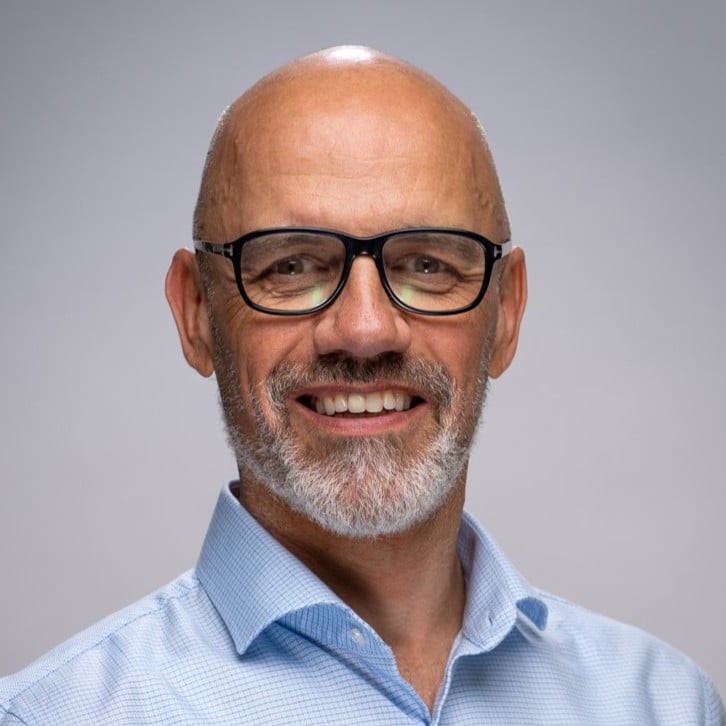

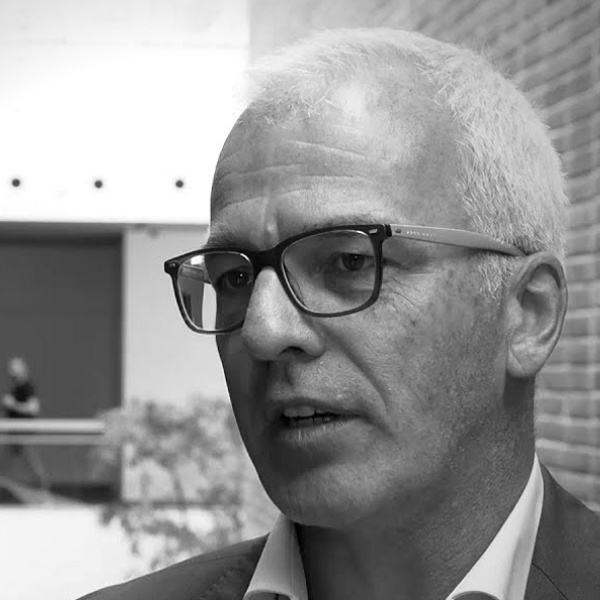





-Dec-13-2023-10-53-15-5032-AM.png)




-Jun-12-2023-01-23-11-7540-PM.png)





-Apr-01-2022-10-58-34-68-AM.png)










-2.jpg)




-Sep-01-2022-02-47-55-60-PM.png)
-Nov-22-2023-08-56-42-6802-AM.png)
.png)

Would you like to know more about CIONET Belgium, membership or partnership opportunities? Do you have feedback or any other question? Send us a message!
You can either send us a registered handwritten letter explaining why you'd like to become a member or you can simply talk to us right here!